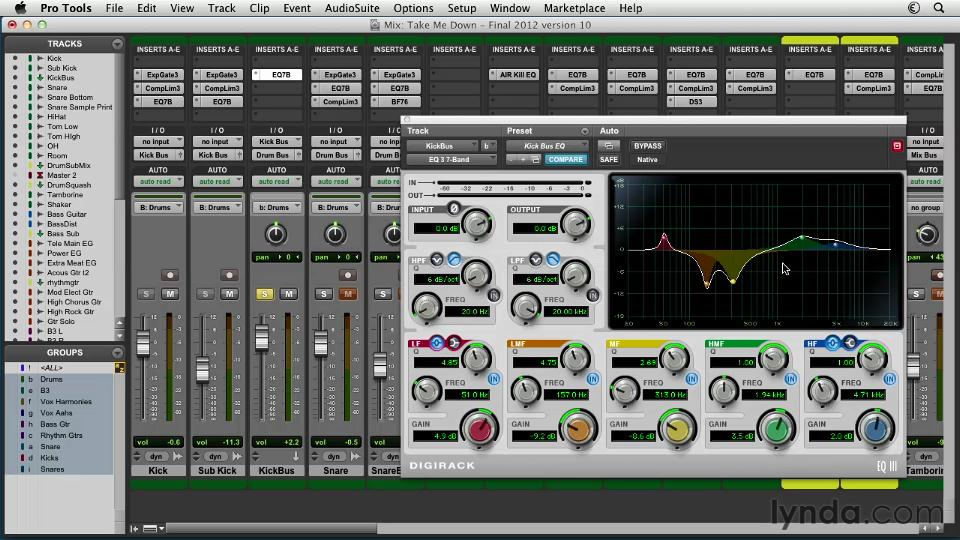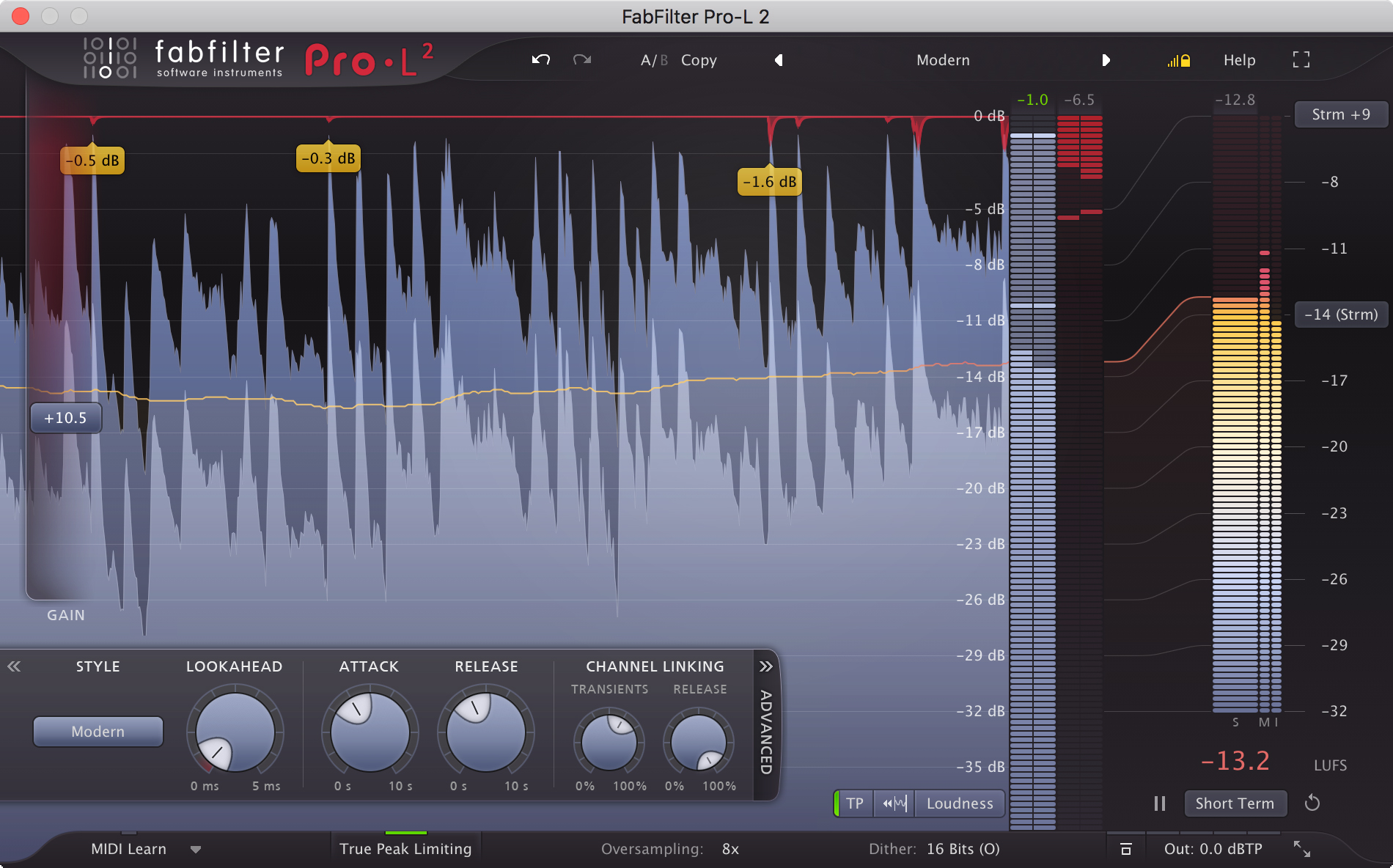

Note how all the audio tracks are routed to the analog output MON L/R, which is controlled by the Master Fader labeled as “Master 1”. Our tracks inputs and outputs will now look as: Once the output has been selected, the track will change as: This operation can be done by clicking on the output of the track labeled as “none” and navigating to the proper output as: none-> Output -> MON L/R (Stereo). Set the output of the Master Fader track to the main analog output, labeled as “MON L/R (Stereo)”. The next step of the tutorial is to route the output of the Master Fader track to the proper analog output.Ħ. Note the new Master Fader track labeled by default as “Master 1”. As soon as this button is pressed, the window will close and the program will take us back to the Edit window: Press “Create” to create the Master Fader track.

Our New Tracks window should look like this:ĥ. The parameters of the New Tracks window will be set as: Samples/Ticks: This drop-down list, lets the user select between sample-based tracks (normally used for audio content) or tick-based tracks (normally used for MIDI information).įor the purpose of this tutorial we will create a single Master Fader track, sample-based.Track type: This drop-down list, lets the user select the type of tracks that will be created, the available options are: Audio track, Aux Input, Master Fader, VCA Master, MIDI Track, Instrument Track.Mono/Stereo: This drop-down list lets the user select if the created tracks will be mono (single audio channel) or stereo (two audio channels, left and right).Create: It lets the user type the number of tracks that wants to be created.In order to do this, we must evaluate all the possibly options this window presents, these are: Set the New Tracks window to create a new Master Fader track:

At the top menu bar click on: Track -> New.Ĥ. The picture above shows a Pro Tools session with seven audio tracks included.Ģ.


 0 kommentar(er)
0 kommentar(er)
